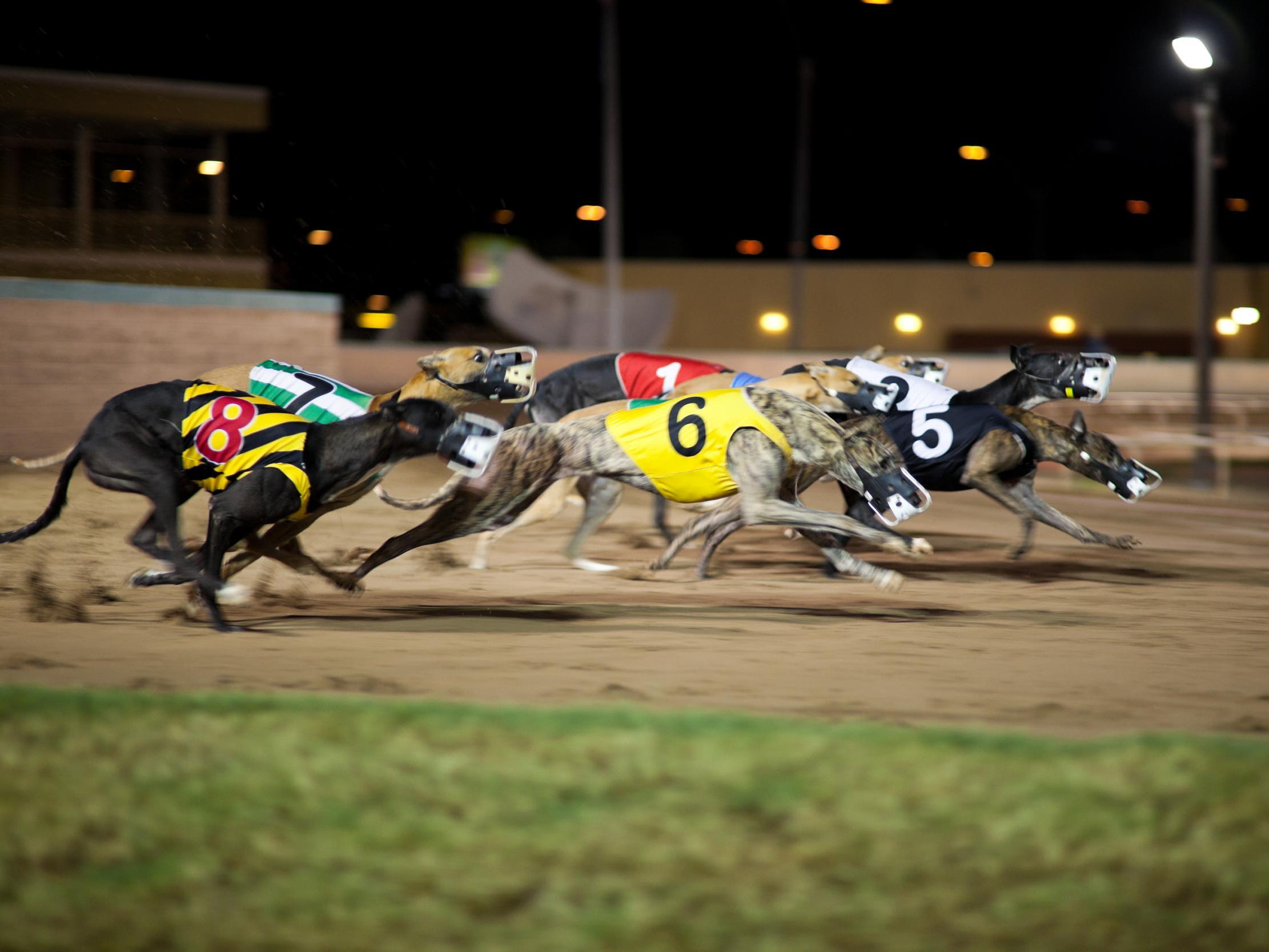Cocaine found in greyhound called Sniffing Out as sport chiefs warn of drug spike among race dogs
Exclusive: Fears class A stimulant could be contributing to sudden deaths on racecourses

Your support helps us to tell the story
From reproductive rights to climate change to Big Tech, The Independent is on the ground when the story is developing. Whether it's investigating the financials of Elon Musk's pro-Trump PAC or producing our latest documentary, 'The A Word', which shines a light on the American women fighting for reproductive rights, we know how important it is to parse out the facts from the messaging.
At such a critical moment in US history, we need reporters on the ground. Your donation allows us to keep sending journalists to speak to both sides of the story.
The Independent is trusted by Americans across the entire political spectrum. And unlike many other quality news outlets, we choose not to lock Americans out of our reporting and analysis with paywalls. We believe quality journalism should be available to everyone, paid for by those who can afford it.
Your support makes all the difference.Cocaine has been found a greyhound called Sniffing Out, as sport chiefs say there has been a spike in the number of race dogs testing positive for it.
The class A drug was discovered in hair or urine samples from four greyhounds last year, official documents show, raising fears that not enough is being done to protect animals from the effects of doping.
Trainers may give their animals cocaine to gain an advantage in racing: the drug makes animals “hyperactive” and run faster. But it can also cause tremors, panting and even deadly seizures or heart attacks.
A disciplinary hearing last month of the Greyhound Board of Great Britain (GBGB) was told how Sniffing Out tested positive for the class A drug at Crayford stadium, south-east London, last summer.
The inquiry report said: “Scientific evidence showed that cocaine had passed through the dog’s system and was incorporated in its hair, and that the levels detected would indicate a window of exposure over several days or a shorter time depending on dose.”
Trainer Luke Bird said Sniffing Out was a family pet who was walked in public places where he could have picked the drug up.
He was “severely reprimanded” and fined £500.
Metabolites of cocaine were also found in two dogs at Shawfield stadium in Scotland. Angus McCrae, the trainer of Blue Lad and Trapeziu, had his licence withdrawn for six months, was suspended for six months (totalling 12 months) and fined a total of £1,500.
Trainer Andrew Meek was disqualified indefinitely after greyhound Gurtmullen Lucy tested positive for cocaine at Shawfield stadium.
The year before, three dogs tested positive, according to the GBGB. The trainers were fined between £500 and £750.
Cocaine can causes acute tremors, seizures, heart problems and even death in dogs.
The board says on its website: “Greyhound welfare and safety is at the heart of everything we do. Every racing greyhound is treated with care and respect throughout its career” and it has a doping and medication review panel.
Greyhound racing has been linked with doping for years, but animal-welfare experts say efforts to clean up the industry are failing, and that drugs may be contributing to deaths.
In 2017 more than 15,500 samples from greyhounds were taken and independently tested out of 419,385 “dog runs”.
Statistics also reveal hundreds of dogs died a sudden or unnatural death or were put to sleep.
Trudy Baker, of campaign group Greyt Exploitations, said: “You have to question how many of the 56 that died a sudden death on track and the 307 dogs put to sleep – deemed unsuitable for homing – were damaged by drugs.”
She called for the government to appoint a statutory body to enforce the Animal Welfare Act rather than letting the GBGB self-regulate.
“These graceful creatures deserve more than to be treated as inanimate gambling chips,” she said.
Mark Bird, board managing director, said numbers of dogs drugged were not rising but that they were suddenly seeing more positive tests for cocaine than other substances, which he put down to a greater prevalence of the drug in society.
The board is set to launch a review of licensing and owner-trainers, who accounted for most cocaine cases, he said.
Less than 0.5 per cent of tests are positive, he said, and most of those were through contaminants.
“We are very robust in terms of doping and medication control. If you use cocaine, there’s a very good chance you will get caught,” he said.
Join our commenting forum
Join thought-provoking conversations, follow other Independent readers and see their replies
Comments